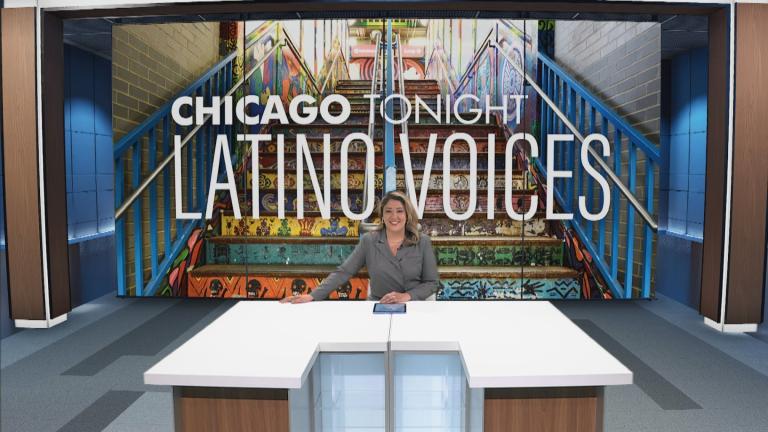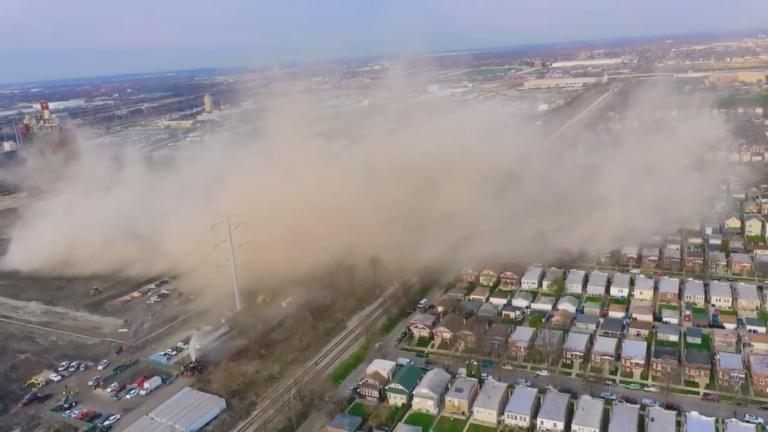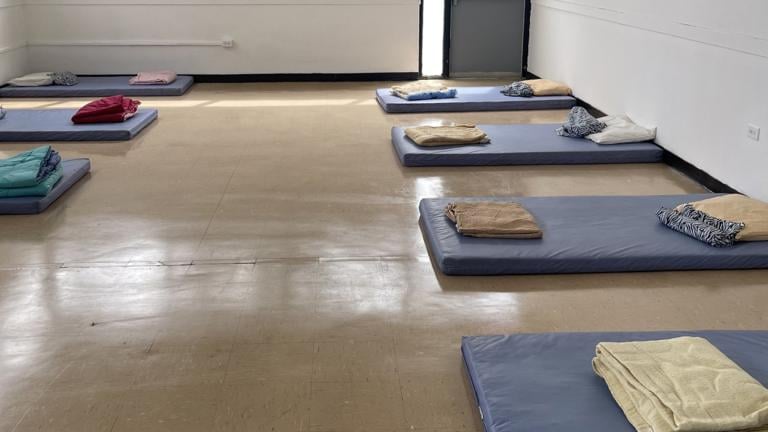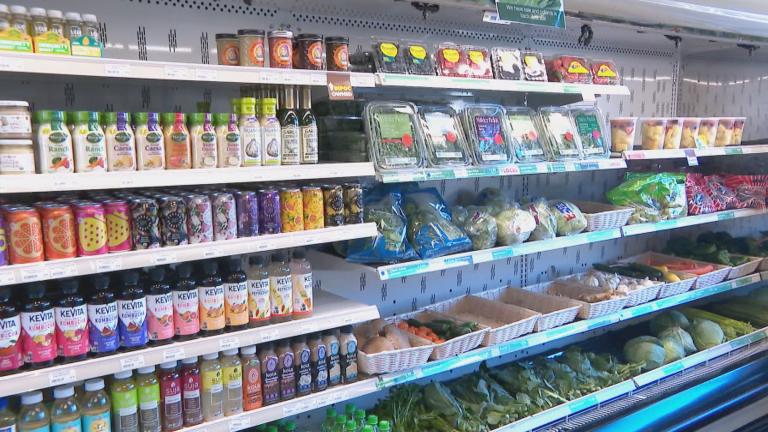After the July 2 storm that caused catastrophic flooding across Chicago’s West Side and some western suburbs, many of the residents in those largely Latino and Black communities are still dealing with the damage. Now, some of those communities are exploring green infrastructure solutions that can help prevent future flooding events.
Journalists Efrain Soriano and Maia McDonald reported on the July flooding event and a green flooding mitigation program for Borderless Magazine. Soriano, who is also a Cicero resident, said nearly every basement in the suburb took on water during the storm.
“It was devastating for our community,” Soriano said. “… Everywhere that I went, every neighbor that I spoke to was affected by the flooding in some capacity. Every time that I walked through the alleys, I could see all the debris and the garbage that people had to throw out after the flooding. So it was incredibly widespread.”
McDonald said their reporting focused on the Center for Neighborhood Technology’s RainReady program, which uses green infrastructure improvements to help manage stormwater.
“Right now, they’re working on their Calumet Corridor project, which will help work with six Chicago suburbs — Blue Island, Robbins, Riverdale, Calumet Park, Calumet City and Dalton — to work with community members to establish things like rain gardens and other green infrastructure that helps more effectively mitigate flooding issues,” McDonald said.
Read More: How You Can Apply for Federal Flooding Assistance Following Severe July Storms
Sam Corona is a Southeast Side resident and an Alliance for the SouthEast community outreach specialist. He said though his community was not flooded in the July event, flooding is a common occurrence throughout the year.
“It’s one of the historical issues that we’ve come to kind of get used to, the issue of flooding in our basements,” Corona said. “We always end up (with) heavy runoff when it rains. We end up with our little streams on our roadways that end up bleeding into our sidewalks and things like that. … Residents, they lose a lot of valuable things when their basements are flooded. My experience and, um, talking to residents and things like that, they’re not made whole (for flooding through insurance). The reality is what they lose is never assessed to the value that it is. And for a lot of these residents, they got the American dream, they own a home and because of the environmental conditions it’s an environmental justice issue. In a community like mine, our homes are not castles no more. They’re more like prisons where we’re affected by the smell, a lot of pollution and then when it comes flooding, we’ve got in-home pools now.”
Soriano said that repeated flooding events can become financially devastating even when repairs are made — so residents are very interested in green infrastructure improvements that might prevent future floods.
“There was also a catastrophic flooding in 2009, which seems like quite a bit ago, but it really wasn’t for some of the people that are still paying off loans from those damages,” Soriano said. “We are trying to find preventative measures as opposed to just offering people loans to try and cover the damages that are going to continue to happen, especially with issues like climate change that make this flooding much more possible. It’s about prevention.”
McDonald said the communities considering RainReady have a local example to look to for potential results.
“The first RainReady community that worked with CNT was Midlothian, and through that program, they were able to build rain gardens and permeable pavers, work on their local creeks and to establish detention basins so that their major flooding issues are staved off, and it has largely been successful,” McDonald said. “So they’re hoping to replicate that in the communities they’re working on in this new Corridor project.”








